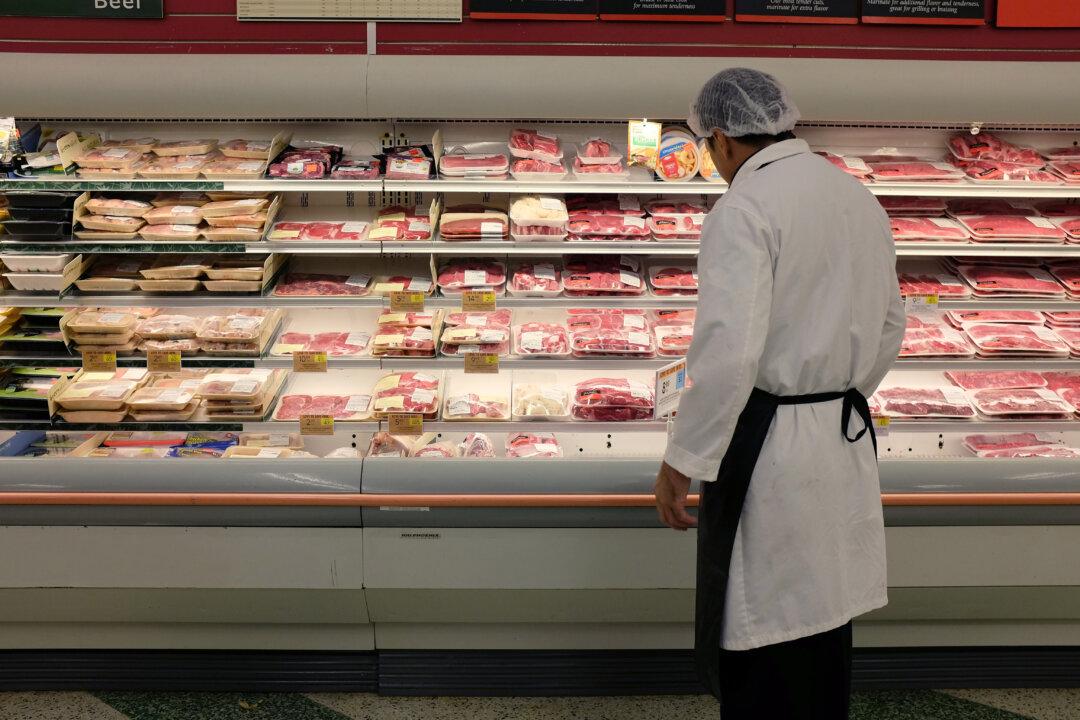Eating organic is the hottest food trend right now. But for consumers who are looking to buy organic pork, they may have a hard time finding it in stores.
Currently, there aren’t enough organic pork suppliers to meet consumer demand for antibiotic-free, growth-hormone-free, humanely raised pork.
The shortage was exemplified by Chipotle’s “carnitas” shortage in January, when the restaurant chain ran out of pork shoulder meat because the company found that one of its suppliers violated its animal welfare policy.
Of the 21,687 hog and pig farms in the country, only 74 of them raise some, or all of their pork organically.






